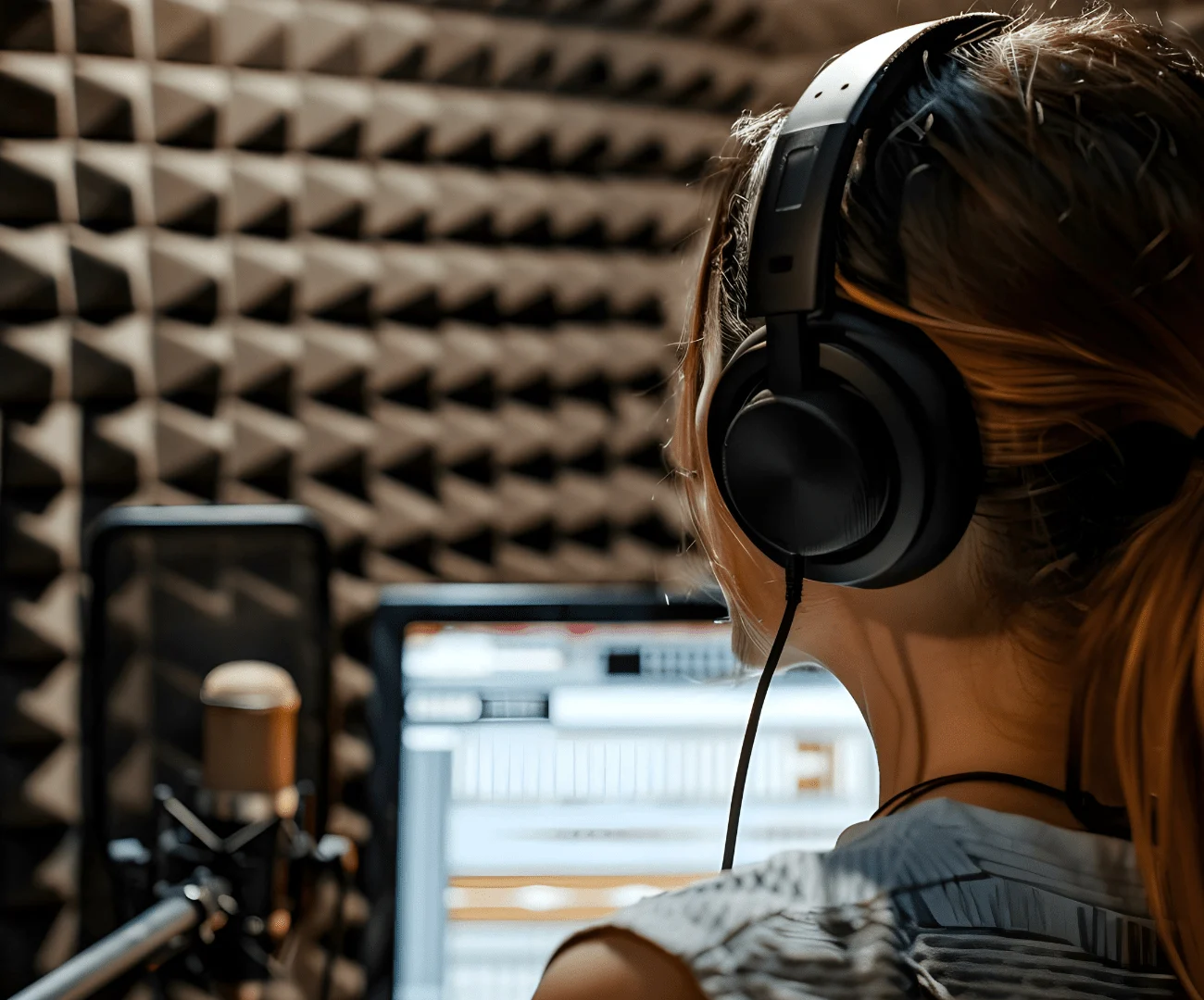Voice-over and dubbing are two techniques used in audio visual content production to translate or convey dialogue from one language to another.


In summary, both voice-over and dubbing are effective methods for translating dialogue in audiovisual content, each with advantages and disadvantages. The choice between voice-over and dubbing depends on factors such as budget, time constraints, audience preferences, and the project’s specific requirements.